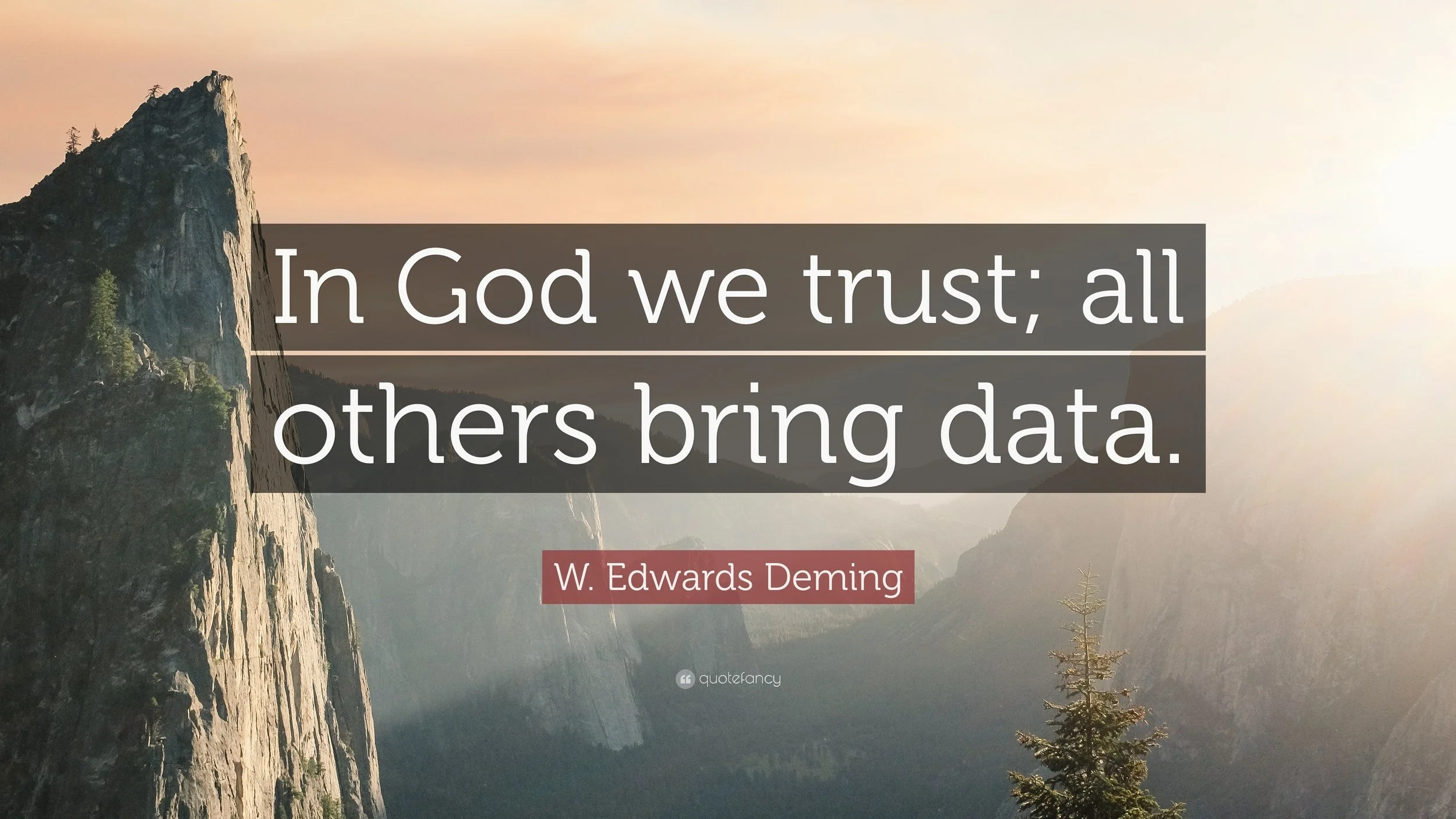Making Data Seance.
Every business, big or small, generates heaps of data every day. From sales numbers and customer demographics to social media engagement and website traffic, there's data galore. But without the right tools and know-how, these piles of data can easily turn into a bewildering mess. That's where predictive analytics comes in. It behaves like a crystal ball, converting your raw data into valuable insights to guide your future decisions, without the hocus-pocus.
Predictive Analytics is based on the premise that humans tend to repeat themselves. I was always under the impression that there's no future in history, but I was very, very wrong. As with all things in life: data can tell us a story but it can also throw us a curveball. Just when we think we've got it all figured out, it reveals something completely unexpected. That’s the charm and challenge of predictive analytics. It's all about looking beyond the numbers and finding the real story that lies beneath.
In the sports industry, predictive analytics has been used to improve team performance. By analyzing player data, including performance metrics, injury history, and scouting reports, coaches and managers can make data-driven decisions about player recruitment, training, and game strategy.
Most notably, in 2002, the Oakland Athletics baseball team was struggling to compete with richer teams in the league. Their general manager, Billy Beane, turned to predictive analytics to identify undervalued players and build a winning team. By analyzing player statistics, Beane was able to identify players who were consistently undervalued by traditional scouting methods. This led to the team signing players like Scott Hatteberg, who went on to have a career-best season and help the Athletics reach the playoffs.
When it comes to predictive analytics tools, we're spoilt for choice. The digital market is teeming with them, from big names like Microsoft Azure Machine Learning to Google Cloud Machine Learning Engine. But remember, just like choosing your favourite ice cream flavour, it's all about personal preference. You should opt for one that's user-friendly and integrates well with your existing systems. A word to the wise: don't get something just because it has all the bells and whistles. You need a tool that's practical and fit for your business needs.
Now we've got the data and the tool, it's time to get our hands dirty. Building a predictive model is a bit like cooking a new recipe. You need to choose the right ingredients (or algorithms and techniques in our case) and experiment until you find the right mix. Don't be disheartened if the first model tastes like a disaster. Keep tweaking until you find the one that works best for your business. Once you've got that crackerjack model, you're ready to use it to spice up your business decisions.
The work doesn't stop once you've built your predictive model. It's like a Tamagotchi - you've got to monitor and evaluate it constantly. We need to ensure it's still performing accurately and remains relevant to our business needs. Remember, just like fashion trends, businesses change. And with these changes, new data becomes available. This might mean your model needs a wardrobe update from time to time. By following these steps, you'll be able to confidently strut your stuff in the world of predictive analytics and use data to make informed and effective business decisions.
In conclusion, if you're not using predictive analytics in your business, you're basically driving blindfolded. And let's be honest, that's never a good idea - unless you're auditioning for a stunt driving role in the next Fast and Furious movie.

